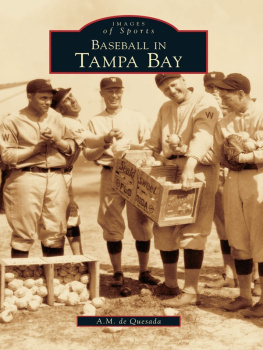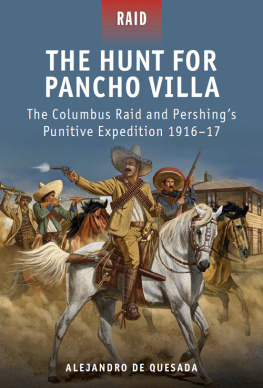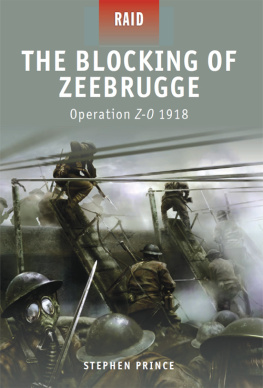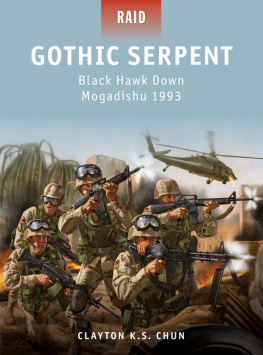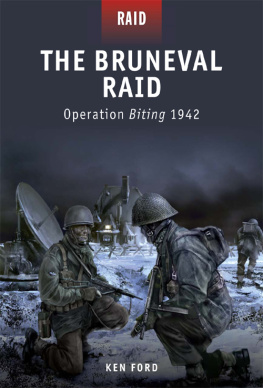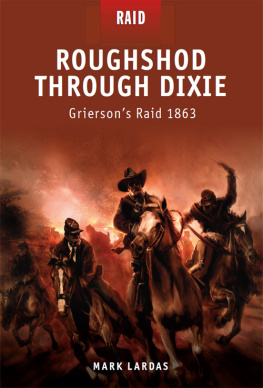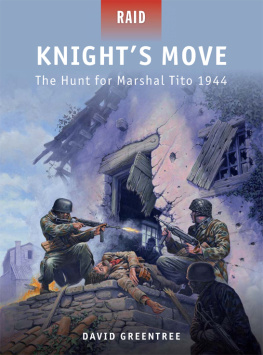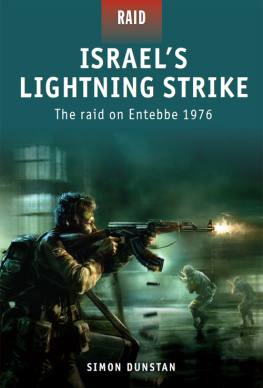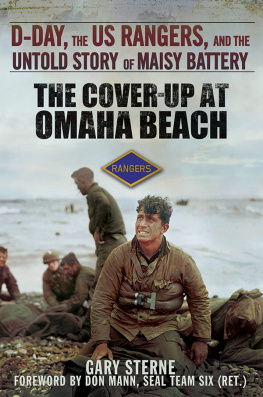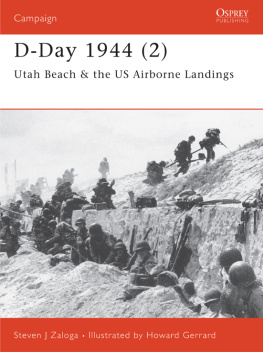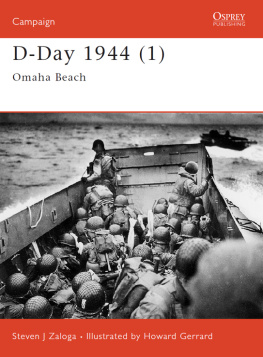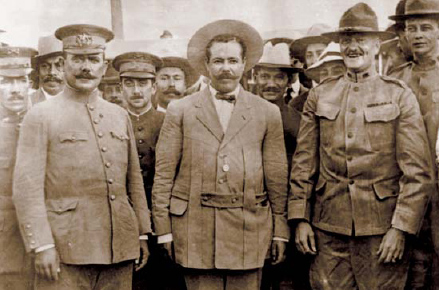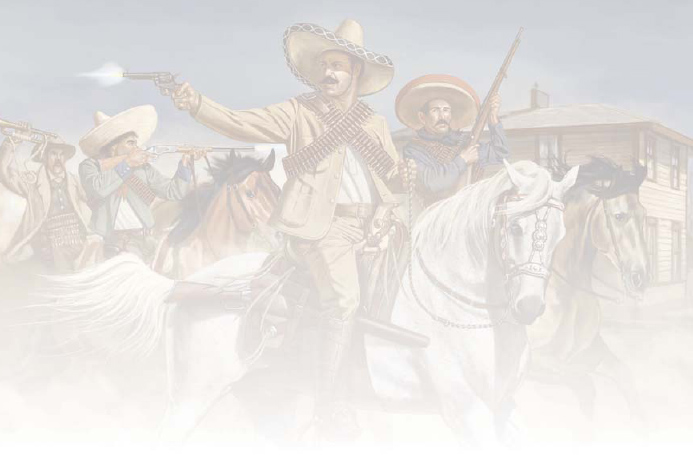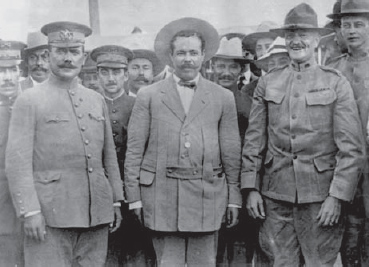THE HUNT FOR PANCHO VILLA
The Columbus Raid and Pershings Punitive Expedition 191617
ALEJANDRO M. DE QUESADA
CONTENTS
INTRODUCTION
The Mexican Revolution for many conveys images of colorful figures both hero and villain as well as materials for popular culture and history. Numerous songs and films have used the revolution as its theme or even as a background to the main story. Of all the notables who made their niche in history, especially during the revolution, the most famous is Pancho Villa. For some he was a hero and military genius while for others he was little more than an opportunistic common criminal. In truth, he was somewhere between the two.
The motives behind Villas raid on a small border town within United States territory have long been debated. This one raid would doom Villa and his men, even as it established them as a force to be reckoned with. In his shadow grew another star that would eventually outshine Villa. General John J. Pershings Punitive Expedition, which was a result of the Villista Raid, would propel the United States into a campaign that would prepare the nation for an even greater conflict being fought in Europe at the time.
While the history of the Mexican Revolution definitely requires a larger volume, the purpose of this work is to primarily serve as a study of the raid on Columbus, New Mexico, and the subsequent Punitive Expedition.
General lvaro Obregn, General Francisco Villa Armbula, and General John J. Pershing on the International Bridge between Ciudad Jurez and El Paso on August 27, 1914. Within two years after this meeting Pershing would be chasing Villa across northern Mexico. Of interest is the 2nd lieutenant standing behind Pershing a very young George S. Patton. (AdeQ Historical Archives)
ORIGINS
A Revolution South of the Border
The Mexican Revolution began in 1910 with an uprising led by Francisco I. Madero against longtime autocrat Porfirio Daz. Several socialist, liberal, anarchist, populist, and agrarianist movements characterized the revolution, which changed over time from a revolt against the established order to a multi-sided civil war, The revolution created both heroes and villains throughout that bloody decade, among them a veritable caudillo of the northern Mexican state of Chihuahua.
Jos Doroteo Arango Armbula, better known as Francisco Pancho Villa, came from the northern state of Durango. Villa with his army of Villistas joined the ranks of the Madero supporters. He led the Villistas in many battles, such as the attack of Ciudad Jurez in 1911 (which overthrew Porfirio Daz and gave Madero a little power).
In 1911 Victoriano Huerta appointed Villa his chief military commander, but over the course of this appointment, Huerta and Villa became rivals. In 1912, when Villas men seized a horse and Villa decided to keep it for himself, Huerta ordered Villas execution for insubordination. Ral Madero, brother of President Madero, intervened to save Villas life. Jailed in Mexico City, Villa escaped to the United States. Soon after the assassination of President Madero, Villa returned with a group of companions to fight Huerta, whose plotting had seen him ascend to the presidency. By 1913 the group had become Villas Divisin del Norte (Northern Division), and included numerous American members. Villa and his army, along with fellow revolutionaries Venustiano Carranza and lvaro Obregn, joined in resistance to the Huerta dictatorship.
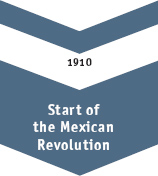
Villa became provisional governor of the state of Chihuahua in 1914, and continued to receive international recognition: his tactics were studied by the United States Army and a contract with Hollywood was signed. By the terms of this agreement, Hollywood would be allowed to film Villas movements and fifty percent of the profit would be paid to Villa to support the revolution. As governor of Chihuahua, Villa raised more money for a drive to the south by printing his own currency. He decreed his paper money be traded and accepted at par with gold Mexican pesos, then forced the wealthy to give loans that would allow him to pay salaries to the army as well as supply them with food and clothes. He also took some of the land owned by the hacendados (owners of the haciendas) to give to the widows and family of dead revolutionaries. The forced loans would also support the war machinery of the Mexican Revolution. He confiscated gold from specific banks in the case of the Banco Minero by holding hostage a member of the banks owning family, the extremely wealthy Terrazas clan, until the location of the banks hidden gold was revealed.
Villas political stature at that time was so high that banks in El Paso, Texas, accepted his paper pesos at face value. His generalship drew enough admiration from the US military that he and Obregn were invited to Fort Bliss to meet Brigadier General John J. Pershing (18601948). The new wealth was used to purchase draft animals, cavalry horses, arms, ammunition, mobile hospital facilities (railroad cars and horse ambulances staffed with Mexican and foreign volunteer doctors, known as servicio sanitario), and food, as well as to rebuild the railroad south of Chihuahua City. This railroad transported Villas troops and artillery south, where he defeated federal forces at Gmez Palacio, Torren, and Zacatecas.
After Torren, Carranza issued a puzzling order for Villa to break off action to the south and instead ordered him to divert to attack Saltillo, threatening to cut off Villas coal supply if he did not comply. Coal was needed for railroad locomotives to pull trains transporting soldiers and supplies, so this was widely seen as an attempt by Carranza to divert Villa from a direct assault on Mexico City, allowing Carranzas forces under lvaro Obregn, driving in from the west via Guadalajara, to take the capital first and Obregn and Carranza did enter Mexico City ahead of Villa. This was an expensive and disruptive diversion for the Divisin del Norte, since Villas enlisted men were paid the then enormous sum of a peso per day, and each day of delay cost thousands of pesos. Villa did attack Saltillo as ordered, winning that battle.
Villa, disgusted by what he saw as egoism, tendered his resignation. Felipe ngeles, one of Villas chief advisors, and other members of his staff argued for Villa to withdraw his resignation, defy Carranzas orders, and proceed to attack Zacatecas, a strategic mountainous city considered nearly impregnable. Zacatecas was the source of much of Mexicos silver, and thus a supply of funds for whoever held it. Victory in Zacatecas would mean that Huertas chances of holding the remainder of the country would be slim. Villa accepted ngeles advice, cancelled his resignation, and the Divisin del Norte defeated the Federales in the Toma de Zacatecas (Taking of Zacatecas), the single bloodiest battle of the revolution, with the military forces counting approximately 7,000 dead and 5,000 wounded, and unknown numbers of civilian casualties. The loss of Zacatecas in June 1914 broke the back of the Huerta regime, and Huerta left for exile on July 15, 1914.


